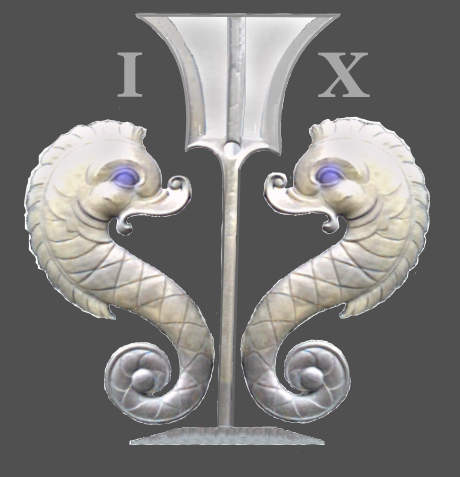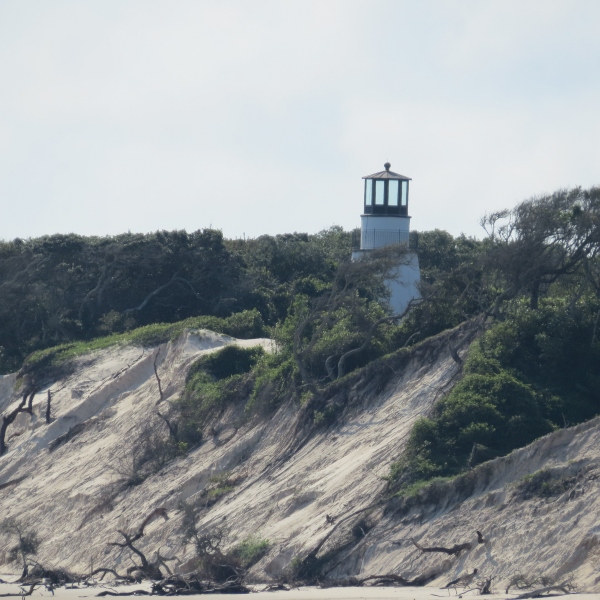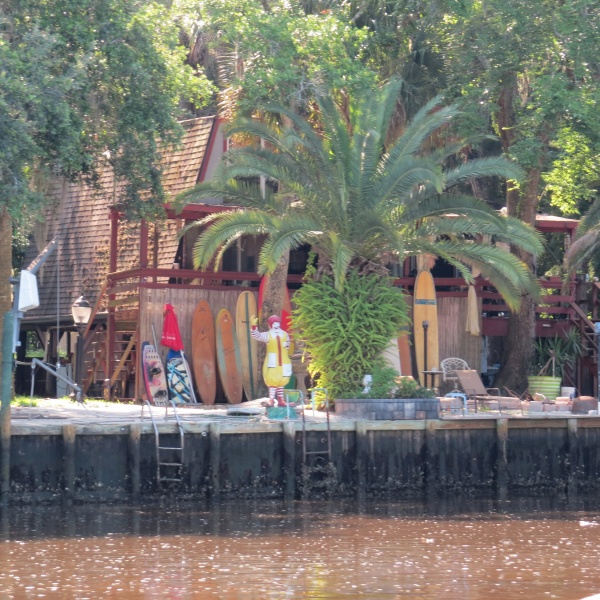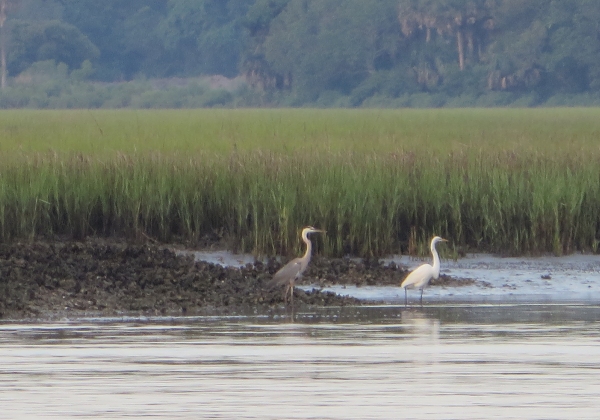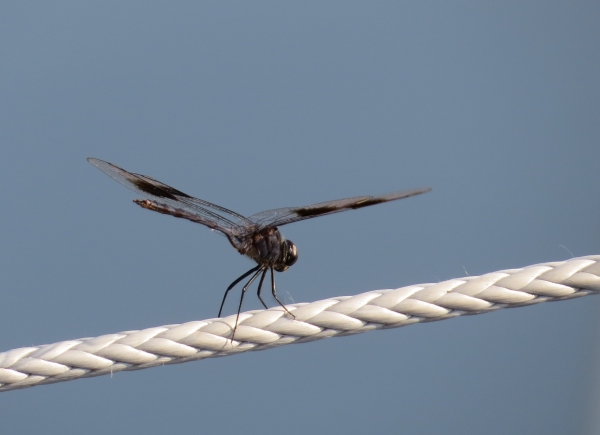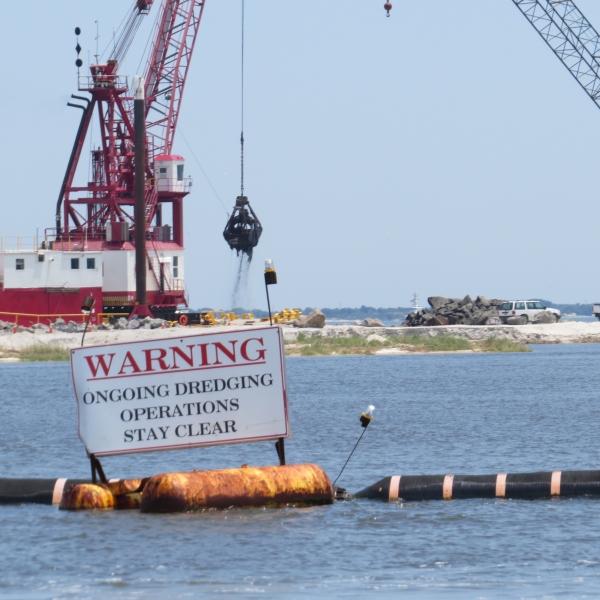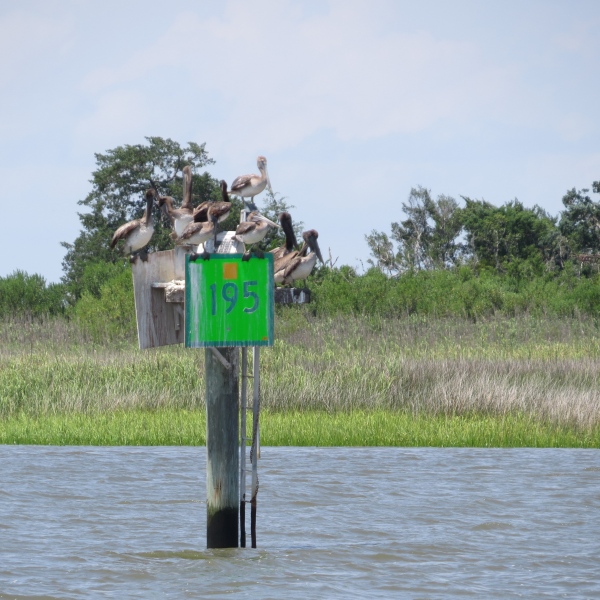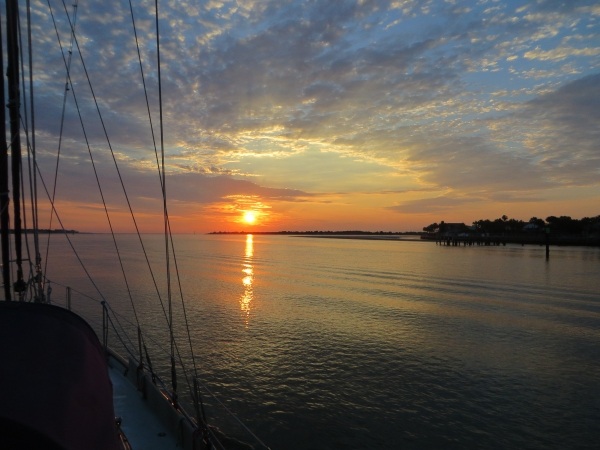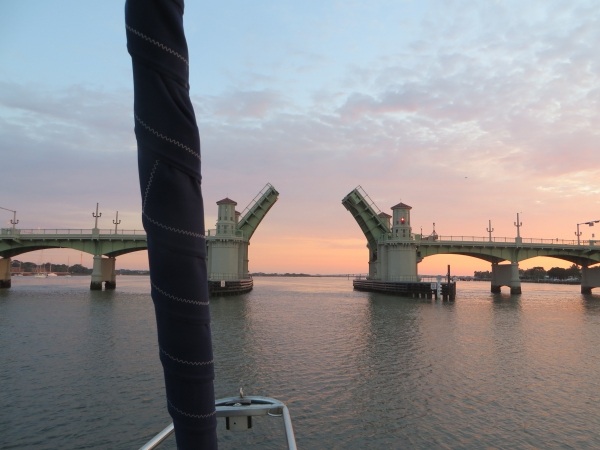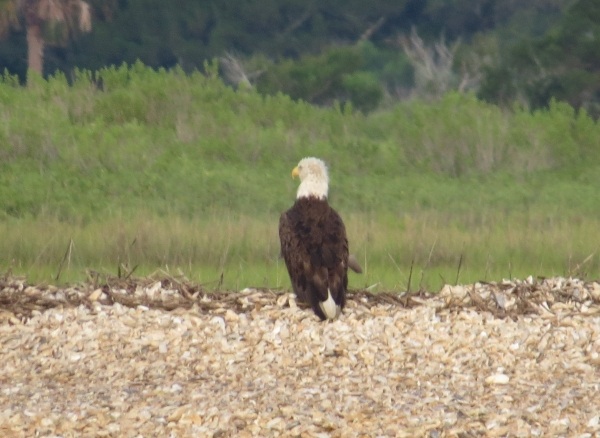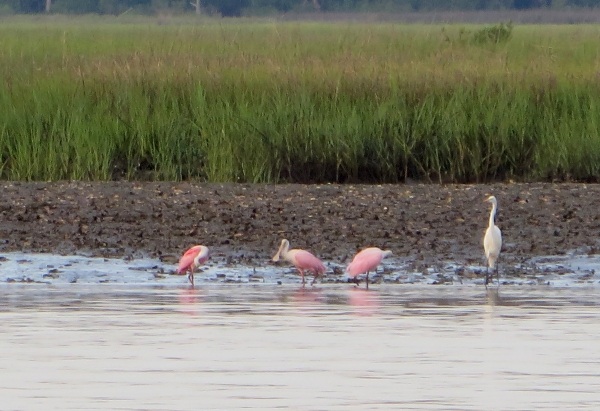Intracoastal Waterway - Day 3
/Day 3 – 575 nm to go We were up with the sun for an early start. All was calm on the Crescent River and the sunrise was spectacular. What a way to start the day.

We are working towards at least 60nm per day and early starts, when the day is cool, are advantageous to the plan. Tides are an issues here. The tidal swing is 6-7 feet. If we enter a river on a rising tide, we have a push, but by time we're half way up the river, of course, the tide is pushing against us from the other side. On occasion, we've timed it right (through no fault of our own) and we get a push and a pull to help us along. Usually, however we don't have it both ways, so we've been averaging 5-6 knots and 60 nm miles requires 10-12 hour days.
It's not as unpleasant as we imagined, however. It requires us to be alert and someone, usually David, is at the helm all the time. Active Captain, especially a contributor known as Bob423, has provided invaluable local knowledge for negotiating the trouble spots and we've avoided most problems. I monitor the Active Captain site and provide input as to upcoming shoals and hazards. That said, we did have our first soft grounding today at Johnson Creek. Cups glided to a slow, but definite stop in the mud though we thought we were where we were supposed to be. David was able to back up, torque turn in the mud and we were off and on our way in a matter of minutes … no kedging, cursing or towing involved.
We see dolphins daily and frequently in the rivers. We identified them as common Atlantic bottlenose dolphins, but thought they were particularly small. I learned that the dolphins here plying these protected inland waters are indeed smaller than their offshore counterparts. They're seldom very playful. They surface and dive in an effortless, undulating fashion. They're curious, but their visits are brief and then they're back to the work of feeding.

As the day heats up, the sound of cicadas is so loud, we can hear their droning buzz over the engine noise. Ospreys are a common sight. Their huge, unwieldy nests are easily spotted and most that we've seen are occupied.

We're still in Georgia. The marshland grass here is thick and very uniform in height as if a barber services the area regularly and gives it a flattop cut.

Sometimes the waterway is quite wide. Other times, it seems as if we could touch the shore.

We noted that there are lots of saints in the area. We left Saint Augustine and passed St. John's Inlet and St. Mary's and Saint Simon's and probably more. I'm sure Matthew and Luke and probably more are around somewhere, we just haven't found them.
Today's adrenaline rush was passing through Hell Gate and then Fields Cut. Both are actually “cuts”, man-made, dredged channels connecting the waterways. We've been through Hell Gate, the narrow tidal strait on New York City's East River. We've passed through Hell's Gate on Tasmania's west coast heading into Macquarie Harbour. Comparatively speaking, this Hell Gate was neither as exciting nor as as treacherous as the other two. We did have the benefit of the right tides and a little local knowledge, and found the anticipation much worse than the actual passage. Thank goodness!
We anchored the night between Jones Island and Turtle Island. Neither Joneses nor turtles made an appearance and we spent a comfortable night conveniently located just off the ICW ready to resume our trip at tomorrow's first light.
